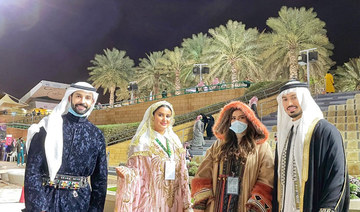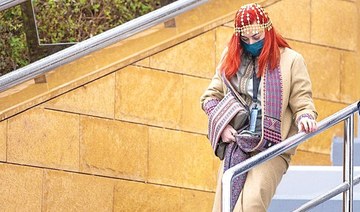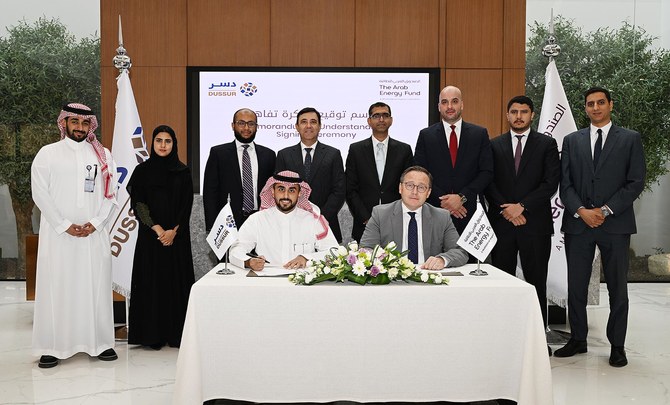JEDDAH: The fledgling Saudi fashion industry was working hard to meet its Vision 2030 goals despite facing many challenges, a retailers’ summit was told on Wednesday.
Addressing a session of the Retail Leaders Circle MENA, Princess Noura bint Faisal Al-Saud, adviser to the Ministry of Culture and founder of the Saudi Fashion Community, said the sector was busy nurturing local talent.
“The whole community needs to be agile because it is ever-changing. With the Fashion Commission, we made sure that when we did our strategy, it would adapt to the needs, as well as knowing what the global trends were,” she added.
The princess pointed out that the creative industry had been presented with unique challenges and struggles, and as a result the ministry had created the Nomow Cultural Fund to offer loans to help with business startups.
“If someone wants to start off their own brand, they can apply and share their business plan and we will evaluate it and respond to them. The fund exists and I encourage everyone to take a look at it,” she said.
Princess Noura’s fashion journey began in Japan where she studied international business, which led to her role at the ministry’s Fashion Commission.

Princess Hannah Al-Faisal, granddaughter of the late minister of foreign affairs Saud Al-Faisal, walks the runway during a fashion show showcasing her mother’s designs in January of this year. (AN Photo/Basheer Saleh)
“When I was studying there and living there for five years, I was really interested in the crafts and artisans there, how detailed they were, and how they were giving back to their community.
“They were showing their culture in creative and innovative ways and moving forward in terms of their industry, and I thought, ‘well, Saudi has a rich culture, Saudi has the most wonderful crafts,’ and for me it was like I wanted to look at those crafts and artisans and see what could be done in Saudi.
“It’s funny enough that my journey started with culture because, for me, I always saw that fashion was a part of us and our identity and how we tell our stories is through our culture, and fashion plays a big part in that,” she added.
Traveling back and forth between Japan and the Kingdom, the princess realized there were numerous Saudi designers with excellent products she wanted to promote, and that led her to establish the Global Fashion House, from where the first Fashion Week was launched.
“The reason we did that was because I wanted to show that Saudi has that talent, and we have capable people that could share the runway with internationally recognized designers.
“Leading to that, I moved into the Ministry of Culture in the summer of 2019, where we started the launch of Fashion Futures, which was an inauguration event that led to the establishment of the Fashion Commission,” Princess Noura said.
The objective of Fashion Futures was to give a voice and platform to the Saudi community, and to have experts in the field of fashion talk about their career journeys and experiences and how they could add value to the Kingdom.






















